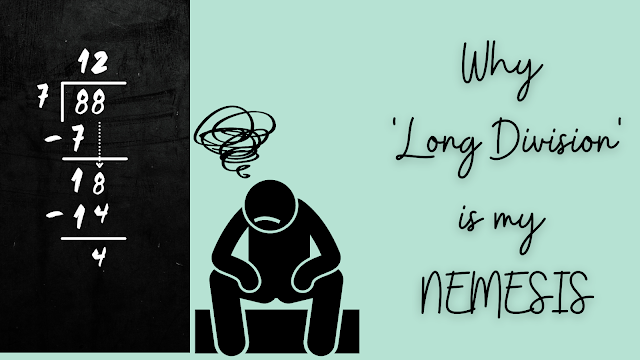Ensure that your well-intentioned emails are received just as you intended
The idea: Emails are used frequently for communicating at work and a few small adjustments can go a long way in ensuring your message is received as you intended. These include 1) Setting context quickly before diving in 2) Asking Questions 3) Offering support or inviting clarification 4) Using emoticons to give your written voice a tone
In the past 10 years I have seen far too many misunderstandings transpire between team members, and too often an innocent little email has been the culprit.
‘Assume that everyone reads email with an inner voice that is yelling it out to them’. This sounds ridiculous but is one of the truest tips I have ever received and it has served me well.
We tend to write an email that way we speak face to face, and we can hear all the smiles and voice modulations in our head. But the reader isn’t getting any of these very important cues and instead, is reading the words out with a completely different orchestra of emotions and tones playing in their heads.
Here are some ways that have helped me ensure that my well-meaning email is received just the way I intended.
1. Set context quickly before diving in
Before we get to our main ask or response, invest an introductory line or two in setting context for the recipient.
Again, because the conversation has already played out in our heads, a one line response or question seems appropriate. Especially when you have a full inbox of emails waiting for you.
“Raha, could you please help us collect the necessary information asap.”
But adding a line of context ensures that the reader is also playing the same conversation in their heads.
“Raha, this is a quick follow up email to our last conversation on reviewing workshop feedback.
As we discussed, it is slightly time sensitive, so could you please help us collect the necessary information asap.”
2. Ask Questions
Sentences with full stops are at the highest risk for sounding rude. Even the most innocent ones.
“Raha, please help us collect the necessary information asap.”
Read the statement above out loud. Do it first in a very jolly tone, that conveys a very polite request. But re-read that and give it a curt tone. Super easy to make it sound like an ‘order’.
Instead, wrapping up with a question can be very helpful in setting the correct tone.
“Raha, could you please help us collect the necessary information asap?”
3. Offer support and invite clarifications
Offering support or inviting questions is another great way to ensure that the email recipient views the exchange as a polite request or recommendation rather than an authoritarian order. If they are confused or need some more information, they will understand that you are open to supporting or responding to clarifying questions. This can be even more important when it comes from a Leader (assuming there that we don’t view leadership as just handing out orders to people).
“Please feel free to reach out with any questions that you may have”.
“If anyone on this thread needs my support, please feel free to ask.”
Or instead of 'Hope that makes sense.' try ‘Does that make sense?’ or ‘Hope that makes sense?’ ensures that it is impossible for the reader to interpret it as rude. Try saying this question out loud with a sharp tone. It is much harder for it to be interpreted as an order when you (genuinely) want it to be a request that invites an acknowledgement or feedback.
4. Use Smileys to give your written voice a tone
Ok I before I begin this one - I understand that the emoticon-police will kill this. I get it, I was on the emoticon police team many years ago. I have since shifted my loyalties and am going to share why I now use emoticons (mostly smileys) regularly - admitting that still kind of makes me cringe, but the upsides far outweigh the coolness points that I lose for it.
Smileys are the only way for me to add cues for tone and emotion into the text of an email.
I’m not saying you can’t convey tone with well crafted words, but I am not great with words and so emoticons make things a lot easier for me.
From my experience, with smileys I am able to support the following interpretations:
- My attempts at being funny are interpreted as humour (and not as sarcasm or an insult)
- When I empathize with a colleague who is facing a challenge, it is received as empathy (not a cold acknowledgement)
- Invites for further discussion are friendly and safe invites
- My authentic expressions of joy are conveyed more emphatically (though very happy emails are less at risk for being misread)
Some of these tips might sound trivial, but I have found that it goes a long way in communicating positive intent and building psychological safety when using email as a medium :)




Comments
Post a Comment